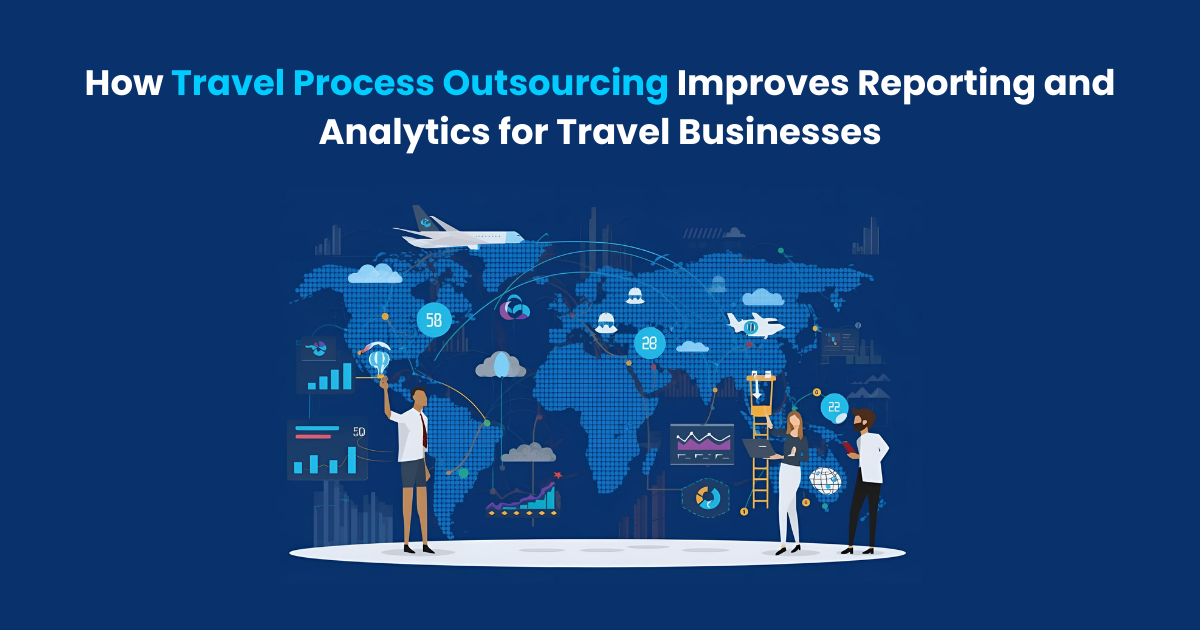
As artificial intelligence technologies continue to evolve rapidly, a fascinating question arises: can AI be an artist? More specifically, can a processor write poetry that rivals human creativity? This question gains importance with the rise of AI poetry, a form of creative expression generated by machines. With AI systems delivering increasingly sophisticated ai response, the boundaries of creativity and art are being redefined. This article explores the concept of AI poetry, how creative AI functions, and the role of AI Development Companies in shaping the future of machine-generated art.
Understanding AI Poetry
AI poetry refers to poems generated by artificial intelligence through algorithms designed to process language and generate text. These systems use advanced natural language processing (NLP) techniques and machine learning models to analyze vast databases of existing poetry, enabling them to produce verses that mimic human style, tone, and thematic elements.
Unlike traditional poetry, which emerges from human experiences, emotions, and imagination, AI poetry is built on data and patterns. The machine does not “feel” the poem but uses learned linguistic structures to compose its lines. Despite this, the output can often evoke powerful emotions and provoke thought, showing how far AI-generated content has come.
How AI Poetry Is Created
Creating poetry involves several key steps:
- Data Training: AI models are trained on extensive datasets of poetry and literary works to understand various poetic styles and structures.
- Pattern Recognition: The system identifies rhymes, meters, metaphors, and other literary devices.
- Text Generation: Using probabilistic models, the AI predicts and constructs lines of poetry word by word.
- Fine-Tuning: Through feedback loops, AI refines its output, improving coherence and artistic quality.
These processes allow AI to craft original poems that can surprise and inspire readers, despite the lack of conscious creativity.
Can AI Exhibit Creativity?
Creativity has traditionally been regarded as a deeply human trait, linked to consciousness, emotions, and subjective experiences. However, recent developments challenge this view by demonstrating that machines can simulate creative processes.
Creative AI systems can:
- Generate novel combinations of ideas and imagery.
- Adapt to new information and user input, refining outputs.
- Engage interactively with users, providing personalized ai response.
While AI does not experience emotions, its ability to generate compelling poetry raises interesting questions about what creativity truly means. Is creativity simply the combination of existing knowledge into new forms? If so, AI’s role in art could be significant.
The Influence of Creative AI on the Arts
Creative AI extends beyond poetry, impacting various artistic domains including music composition, painting, and storytelling. These technologies offer several advantages:
- Augmentation: Helping human artists explore new creative directions.
- Collaboration: Facilitating co-creation between humans and machines.
- Accessibility: Enabling more people to engage with and produce art.
For example, an AI Development Company might create platforms where poets and AI collaborate to overcome creative blocks, blending human intuition with machine-generated suggestions.
Ethical and Practical Challenges
Despite its potential, it brings challenges that require careful consideration:
- Authenticity: Can AI-generated poetry carry the same emotional weight as human-authored works?
- Intellectual Property: Determining ownership rights over AI-created art.
- Bias: AI systems may unintentionally reproduce biases present in their training data.
Addressing these issues is crucial to ensure that creative AI develops responsibly and ethically.
The Future of AI Poetry
The future looks promising, driven by ongoing technological advancements:
- More sophisticated language models capable of producing nuanced and emotionally resonant verses.
- Multimodal art forms that combine AI-generated poetry with music or visual art.
- Interactive environments where users and AI co-create in real-time.
AI Development Companies are at the forefront of these innovations, building tools that will redefine artistic expression and accessibility.
Conclusion: Is AI an Artist?
The growing sophistication of AI-generated content demonstrates that machines can indeed produce creative, engaging art. While AI lacks consciousness and emotional experience, the depth of its responses shows that creativity may be more about pattern synthesis than subjective feeling. As AI development companies push the boundaries of what machines can create, AI is increasingly seen as a collaborator rather than just a tool.
Ultimately, AI may not replace human artists but will certainly transform the creative landscape. The question of whether AI can be considered a true artist remains open, but it unquestionably enriches the world of art, inviting us to rethink creativity in the digital age.





